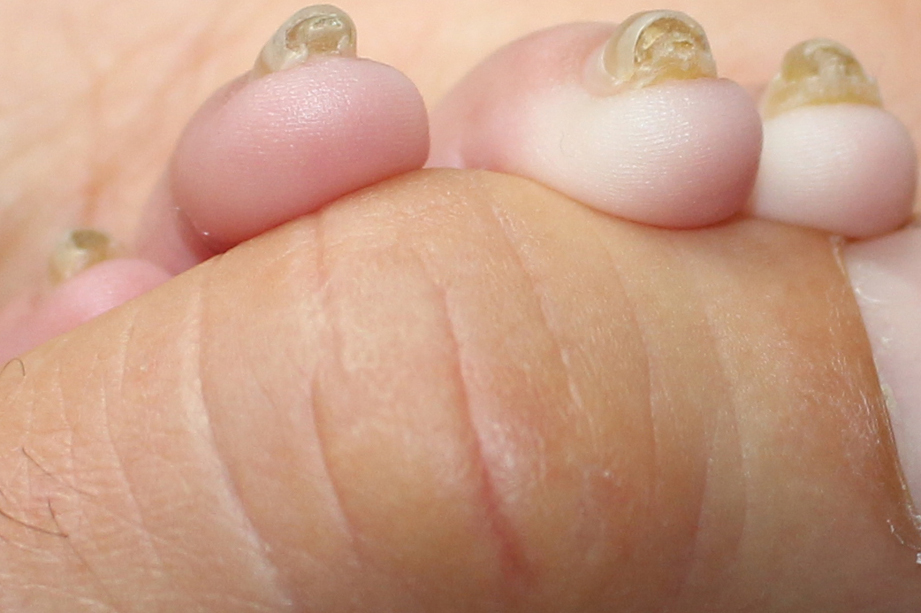Pachyonychia congenita.

Downloads
DOI:
https://doi.org/10.26326/2281-9649.28.1.1655How to Cite
Abstract
Pachyonychia congenita (PC) is in the majority of cases an autosomal dominant inherited shin disorder, clinically characterized by subungual hyperkeratosis and focal hyperkeratosis of the palms and soles. Based on clinical and genetic data, two clinical forms are distinguished, PC1 caused by mutations of the K6a and K16 genes and PC2 in many cases linked to point mutations of the K17 gene. In PC1 the most frequent findings are severe palmoplantar keratoderma that hinders the ambulation, followed by the subungual hyperkeratosis, which appears in the first two years of life, and other signs including oral leukocheratosis, hyperhidrosis and plantar blisters; the latter are more frequent in children and in hot climates. In PC2, palmoplantar keratoderma is milder, connatal teeth are almost always present and multiple epidermal cysts appear after puberty.
